Duration: 8 Days
Breakfast & Dinner
Accommodation:
Phuentsholing (2N) - Kunden Village Resort or Similar Hotel
Thimphu (2N) - Amodhara or Similar Hotel
Punakha (1N) - Kingaling Hotel or Similar Hotel
Paro (2N) - Hotel Center Point or Similar Hotel
Starting from: ₹97,750 / Per Couple
Tour Highlights:
Visit Tashichho Dzong
Visit Kuensel Phodrang , National Memorial Chorten & Folk Heritage Museum
Visit Sangaygang View Point, Changangkha Monastery, and Takin Preserve Centre
read more close
Enroute to Punakha stop at Dochu-La-Pass to view the higher Himalayas
Visit Punakha Dzong & Chhimi Lhakhang
Visit Royal Botanical Park & Ta Dzong - National Museum
Hike to the famous Taktsang Monastery - called “Tiger’s Nest”
Visit Drukgyel Dzong & Kyichu Monastery
Standard Room or upgrade room as per request
Duration: 4 Nights / 5 Days
Breakfast & Dinner
Accommodation:
Hotel Amodhara
Rema Resort
Starting from ₹85,806 / Per Couple
Tour Highlights:
In Thimpu, visit Trashichhoedzong
Excursion Wangdi / Punakha
read more close
In Paro, visit Ta Dzong - the National Museum of the Kingdom, and Rinpung Dzong
Services of English-speaking guide during sightseeing tours
Assistance at airport and sightseeing tours by private air-conditioned vehicle
Start From Paro and End in Paro
Standard Room or upgrade room as per request
Duration: 6 Nights / 7 Days
Breakfast & Dinner
Accommodation:
Hotel Amodhara
Rema Resort
Hotel Pemakarpo
Starting from ₹1,14,459 / Per Couple
Tour Highlights:
In Thimpu, visit Trashichhoedzong,National Library, Arts & Crafts School and Memorial Chortenstupa
Stopover at Dochula pass
read more close
In Punakha, visit Punakha Dzong and local market
Simtokha Dzong-the oldest fortress of the Bhutan Kingdom
In Paro, visit Ta Dzong -the National Museum of the Kingdom, and Rinpung Dzong
Services of English-speaking guide during sightseeing tours
Assistance at airport and sightseeing tours by private air-conditioned vehicle
Start From Paro and End in Paro
Standard Room or upgrade room as per request
Duration: 08 Nights / 09 Days
Breakfast & Dinner
Accommodation:
Hotel Palm
Hotel Amodhara
Rema Resort
Hotel Pemakarpo
Starting from ₹1,47,912 / Per Couple
Tour Highlights:
In Thimpu, visit Trashichhoedzong,National Library, Arts & Crafts School, Handicrafts Emporium and Memorial Chortenstupa
Stopover at Dochula pass
read more close
In Punakha, visit Punakha Dzong and local market
In Paro, visit Ta Dzong - the National Museum of the Kingdom, and Rinpung Dzong
Services of English-speaking guide during sightseeing tours
Assistance at airport and sightseeing tours by private air-conditioned vehicle
Start and End in Bagdogra
Enjoy A Luxury Travel Experience
-
SightseeingBhutan is a small country located in the south-eastern slopes of the Himalayas. The Kingdom of Bhutan is mostly covered by steep and high mountains with rivers flowing in between forming plains and deep valleys. Bhutan tourism is famed for its stunning valleys, lush greenery, magnificent mountains and colorful culture that you can experience at Bhutan tourist places.Rinpung Dzong is the main fortress-monastery of Paro which houses the monastic body and the governmental and administrative departments in its complex. This is the basic characteristic of any dzong in Bhutan, and Rinpung Dzong of Paro is no exception. It belongs to the Drukpa Lineage of the Kagyu School, and the stories of this place date back to as early as 15th century.Paro Taktsang, also known as the Taktsang Palphug Monastery and the Tiger's Nest, is a sacred Vajrayana Himalayan Buddhist site located in the cliffside of the upper Paro valley in Bhutan. It is one of thirteen Tiger's Nest caves in historical Tibet in which Padmasambhava practiced and taught Vajrayana. There are currently four temples surrounding the main temple of Taktsang Lhakhang. All the buildings in the complex are interconnected by staircases with steps carved into the rock. The exterior of the complex has white-washed walls with gold painted roofs. A prayer wheel is located in the courtyard and it is being rotated by residing monks at 4 a.m. daily to mark the beginning of a new day. The interior of the temples is also decorated with the finest details to reflect the finest Varjayana Buddhist tradition.Ta Dzong (Museum) is a National Museum of Bhutan is a cultural museum in the town of Paro in western Bhutan. Established in 1968, in the renovated ancient Ta-dzong building, above Rinpung Dzong under the command of His Majesty, the King Jigme Dorji Wangchuck, the third hereditary Monarch of Bhutan. You can see paintings, art pieces, animal masks and many more facets of the rich culture. Constructed in 1649 as a watchtower against Tibetan soldiers, it was converted to the National Museum in 1968, preserving the rich history of Bhutan within its walls ever since.Paro, a beautiful valley in Bhutan, is one of the most attractive tourist destinations in this mountainous country. One of the most beautiful of Bhutan's valleys, it was also historically the centre of two of the most important trade routes to Tibet. Among the many temples in the area, Paro is most famous for the iconic Takhtsang Lakhang (also known as the Tiger's Nest), situated at the northern end of the valley. It is also home to the National Museum, which displays hundreds of ancient Bhutanese artefacts and artwork.The journey towards the most popular Druk Path Trek starts with a short climb up to Jela Dzong. Jela Dzong is perch on top of the mountain and it's isolated from Paro Valley. The iconic dzong has become many local and tourist favourite landmarks. There is no road to the fortress, one will either need to hike or take a pony ride. The trail ascends to the Dzong taking 2 hours The trail continues steeply up through the forest. When the weather is clear Paro valley can be seen with snow-capped mountains behind from the vicinity of the Dzong.Jimilang Tsho (also known as Sand Ox Lake) is a natural lake in Thimphu District of Bhutan. Jimilang tsho Lake (3,880m). The lake is famous for their giant sized trouts. Near the camp, you can have great views of 6,989m Jichu Drake, the peak representing the protective deity of Paro. Jigmilang tsho is also known for gaint trouts which were actually introduced during 1970's.The mountains of Bhutan define its three main geographic zones: The Great Himalaya, the Lower Himalayan Range (or Inner Himalaya), and the Sub-Himalayan Range. The northern part of Bhutan lies within the Great Himalayas; the snowcapped peaks in this region reach an elevation of more than 24,000 feet (7,300 metres). High valleys occur at elevations of 12,000 to 18,000 feet (3,700 to 5,500 metres), running down from the great northern glaciers.Phajoding Monastery is a Buddhist monastery near Thimpu in Bhutan. It was one of the richest and most decorated monasteries in the country however due to neglect, it was listed in 2010 by the World Monuments Fund as an endangered cultural monument. Reaching this monastery requires a hike of 3 hours from Motithang, the ascent of which is quite a challenge for many visitors. Visit this monastery to experience the traditional customs and practices of Buddhism, which homes many scared Buddhist artefacts. It is known for its vast number of temples, meditation retreats and monk quarters, all signifying the fine Bhutanese architectural style.This complex dates back to 13th century when Todgen Pajo, the founder of the monastery and a yogi from Tibet was looking for a place to meditate peacefully. Most of the buildings in the complex date back to the period of 1748, which were constructed by the efforts of Shakya Rinchen, the ninth Je Khenpo. From the top of this monastery you can get mesmerised with the stunning views of the Thimphu Valley.The gigantic statue of Shakyamuni Buddha erected on a mountain top is considered one of the largest statues of Buddha in the world. Measured at a height of 51.5 m, the statue was completed on 25th September 2015, which also marks the 60th anniversary celebration of fourth king Jigme Singye Wangchuck. The statue is made of bronze with a cover of gold which symbolizes indestructibility. The statue is located atop a hill in Kuenselphodrang Nature Park, which overlooks Thimphu Valley, and can be seen from far off places while driving through this city. Shakyamuni Statue is an insight of two predications which were made centuries ago.The first one where a yogi Sonam Zangpo forecasted a large statue of Buddha to be built in the region, and at a point from where it can bestow blessings and happiness on the world. The other one discovered by Terton Pema Lingpa in the 8th century A.D, to radiate an atmosphere of peace and happiness in the world. The throne above which the Buddha Dordenma sits is a large meditation hall, where hundreds of devotees meditate every day.The Memorial Stupa, Thimphu, also known as the Thimphu Chorten, is a stupa (Dzongkha chöten, cheten) in Thimphu, Bhutan, located on Doeboom Lam in the southern-central part of the city near the main roundabout and Indian military hospital. The stupa, built in 1974 to honor the third Druk Gyalpo, Jigme Dorji Wangchuck (1928–1972), is a prominent landmark in the city with its golden spires and bells.In 2008, it underwent extensive renovation. It is popularly known as "the most visible religious landmark in Bhutan". It was consecrated by Dudjom Jigdral Yeshe Dorje. This stupa is unlike others as it does not enshrine human remains. Only the Druk Gyalpo’s photo in a ceremonial dress adorns a hall in the ground floor.When he was alive, Jigme Dorji wanted to build "a chorten to represent the mind of the BuddhaZorig Chosum, (also known as the painting school) offers a six year course in the 13 traditional arts and crafts of Bhutan. The students follow a comprehensive course that starts with drawing and progresses through painting, woodcarving, embroidery and statue-making. This is a great opportunity to interact and photograph the students while they practice their skills in the classroom.In the Zilukha area of Thimphu houses the only nunnery of the capital city, Thangthong Dewachen Nunnery (or Thangtong Dewachen Nunnery). People here commonly call it Zilukha Anim Dratshang or Zilukha nunnery in short. The nunnery is located above Zilukha Lower Secondary School, on a gentle slope overlooking the Thimphu Valley. Built in 1976 by the 16th emanation of Thangtong Gyalpo, Drubthob Rikey Jadrel, the nunnery currently has about 60 nuns and they are often busy in praying and doing other daily rituals besides undertaking some activities for the wellbeing and benefit of the community. Thangthong Dewachen Nunnery is a popular-visited cultural site in Thimphu and the nuns here are very nice and welcoming to all people visiting their home.Chimi Lhakhang Temple or Chimi Lhakhang Monastery is the most well-known temple of Bhutan which stands tall on a round hillock in a village called Punakha. It is famously known as the “Fertility Temple” and is mostly visited by several childless couples from in and around Punakha District. It has become a popular tourist destination with visitors flocking in from all across the world to witness the unusual traditional and cultural ceremonies performed here. The monastery is exquisitely built with ancient Thai themed architecture with paintings and carvings of phalluses on all walls.Kyichu Lhakhang is located short distance north of Paro town. It is one of the oldest temples in Bhutan. Since the temple is located on a hillside one can enjoy nice views of Paro Valley and the surrounding mountains. The temple is popularly believed to have been built in 659AD by King Songtsen Gampo of Tibet, to pin down 'the left foot of the supine Ogress', which was thwarting the establishment of Buddhism in Himalayas. Kyichu is said to be one of the main 12 temples out of the 108 temples that were built overnight across Tibet and borderlands. The temple houses original 7th century Jowo Jamba Statue, eight standing bodhisattvas, statues of Zhabdrung, Guru Rinpoche and Chenrizig with 11 heads and 1000 arms. Attached to Jowo Lhakhang is Guru Lhakhang temple, which was constructed by Queen Mother Ashi Kesang Wangchuk in 1968 and its principal image is 5m statue of Guru Rinpoche. Kyichu Lhakhang was initially small in size but over the years the temple was expanded. The sounds of the prayers with the scenic view makes it worth to visit.Phuentsholing or spelled as Phuntsholing, is the entry point of Bhutan for Indian travellers who enter the Happy Kingdom by road. It adjoins Jaigaon, the Indian town and the Kingdom of Bhutan. Also treated as the main business centre for Indians and Bhutanese, Phuentsholing is the second largest town in the country. Similar to all tourist places in Bhutan, it also showcases a pleasant, clean and safe environment to the tourists. However, unlike other places in Bhutan, where you cannot go without a permit, Phuentsholing is the only place for Indians where they do not need any travel permit. The place has no Dzong, but needless to say, numerous tourist attractions make Phuentsholing one of the charming places in Bhutan. Places like Amo Chuu, Bhutan Gate, Karbandi Monastery and Zangthopelri Lhakhang are some of the popular attractions to visit for tourists.ClimateBhutan has varied climatic conditions depending on the region’s elevation. It stretches from the southern foothills with humid sub-tropical weather condition to moderate in the central region. The northern region is subject to severe cold weather dominated by Himalayan Mountain. In Thimphu, temperature ranges from -2.5°C in winter to 25°C in summer. The southern plains may see a range from 15°C in winter to 30°C in summer.
-
ShoppingBhutan is known for its natural beauty, forest conservation, gross national happiness, great culture & heritage and biodiversity. Bhutan covers 72% forest area of the country which is one of the large biodiversity places in the world. Discover your happiness here by exploring untouched Bhutan, its heritage, flora and fauna, adventure activities, religious festivals, spirituality & wellness, traditional food and of course, experience shopping. Some of the traditional handicraft items are described below which should be bought from here as souvenirs.Thimphu, Paro and Phuntsheoling are the major centres of shopping in Bhutan. Tourists can buy Woven Bags, Stoles, Traditional Jewellery, Handmade Kira & Gho, Brassware, Yak-Bone Jewellery, Hand-Woven Bamboo Items, Carpets, Masks, Thangkas, Handmade Paper and finely Crafted Metal products. How one can forget to buy souvenirs from Bhutan while visiting it? Though the government of Bhutan is conscious about its untouched regions to preserve the culture and tradition, selling of locally produce things is the essential matter to promote the culture and heritage all over the world.
-
Getting AroundWith very few exceptions, tourists require a location where they can rest and revive during their travels, or a place to stay when arriving at a tourism destination. This means that accommodation is an essential support facility in destination regions. Its awe-inspiring mountainous landscape is matched in its brilliance by the country's enchanting and vibrant culture. A striking place of magic and myth, the lush Himalayan kingdom of Bhutan brims with a wealth of natural beauty, vibrant culture, spiritual and historical attractions and intrepid adventure.Indian nationals intending to visit Bhutan are required to carry any of the two valid 'Travel Documents' (a) Valid Indian Passport having validity of minimum 6 months; and/or (b) Voter Identity Card, issued by the Election Commission of India. No Visa is required to visit Bhutan.

Paris
Europe

Maldives
Asia
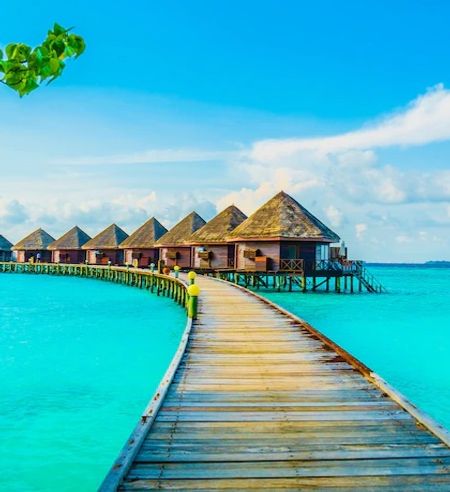
Mauritius
East Africa
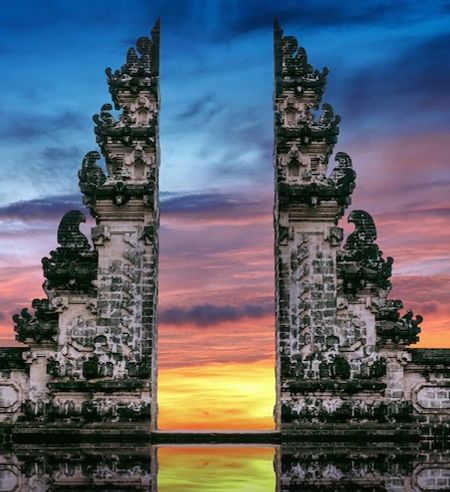
Bali
Asia

Singapore
Asia
-
HealthTravelers’ should ideally arrange an appointment with their health professional at least four to six weeks before travel. However, even if time is short, an appointment is still worthwhile. This appointment provides an opportunity to assess health risks taking into account a number of factors including destination, medical history, and planned activities. For those with pre-existing health problems, an earlier appointment is recommended.
-
Passport/VisaIndian nationals intending to visit Bhutan are required to carry any of the two valid 'Travel Documents' (a) Valid Indian Passport having validity of minimum 6 months; and/or (b) Voter Identity Card, issued by the Election Commission of India. No Visa is required to visit Bhutan.
-
SafetyBhutan is a very safe country to visit, crime is uncommon, even petty crime! The country has no traffic lights, there are traffic wardens instead and the locals love it. The production and sale of tobacco are illegal, as are hunting and fishing (except for catch and release). It is forbidden to climb high peaks (where spirits dwell), and employees must wear traditional clothing during work hours. Social etiquettes in Bhutan pretty much align with its South Asian neighbor’s like taking off your shoes before entering a temple or house, refraining from wearing short clothing, and public display of affection.








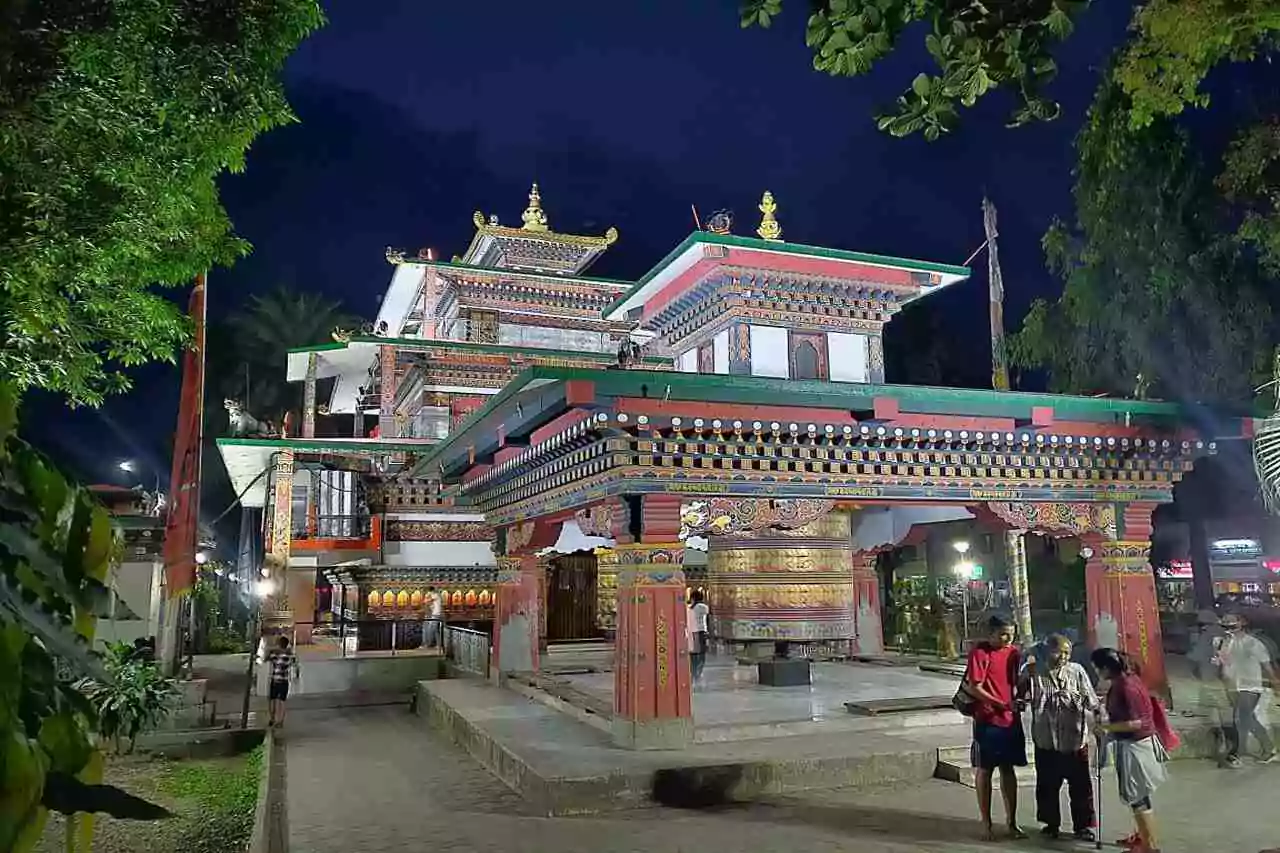
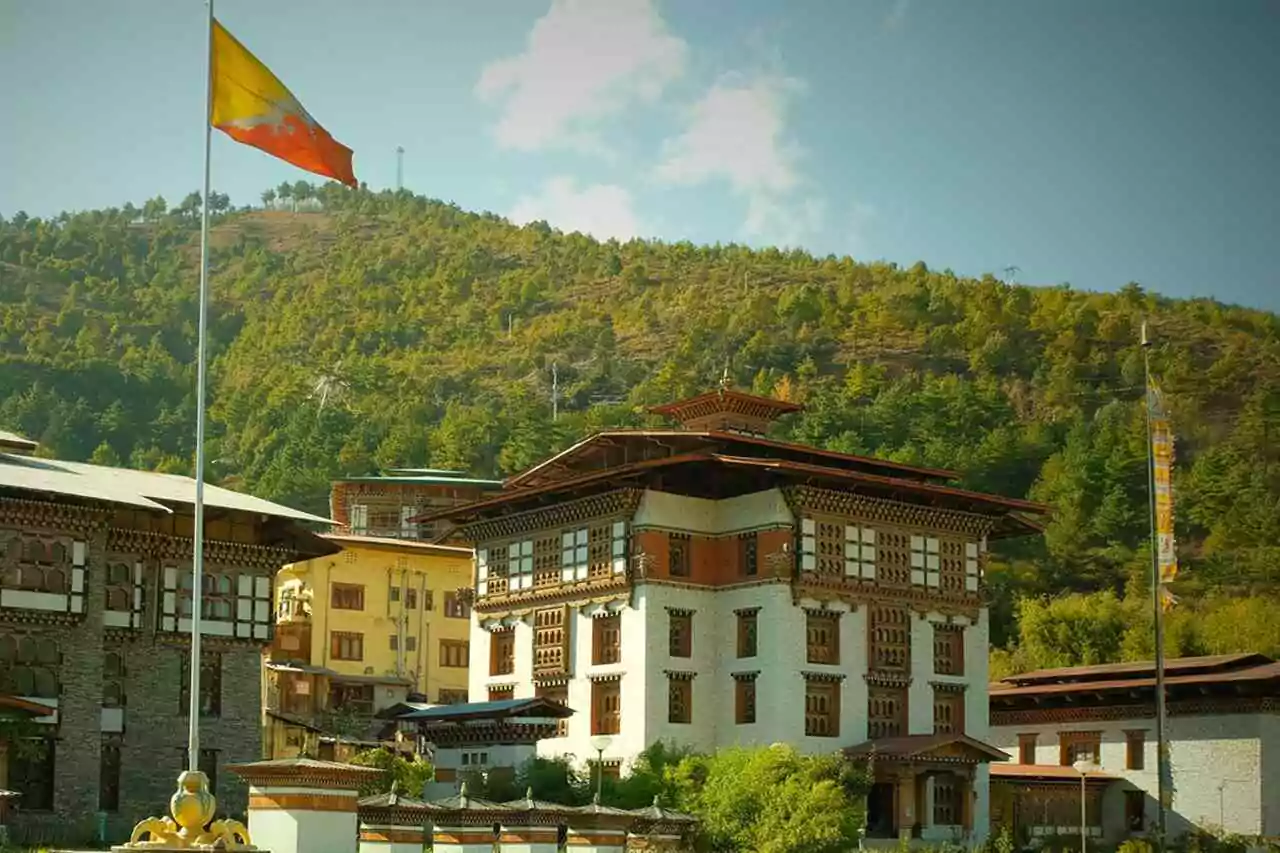
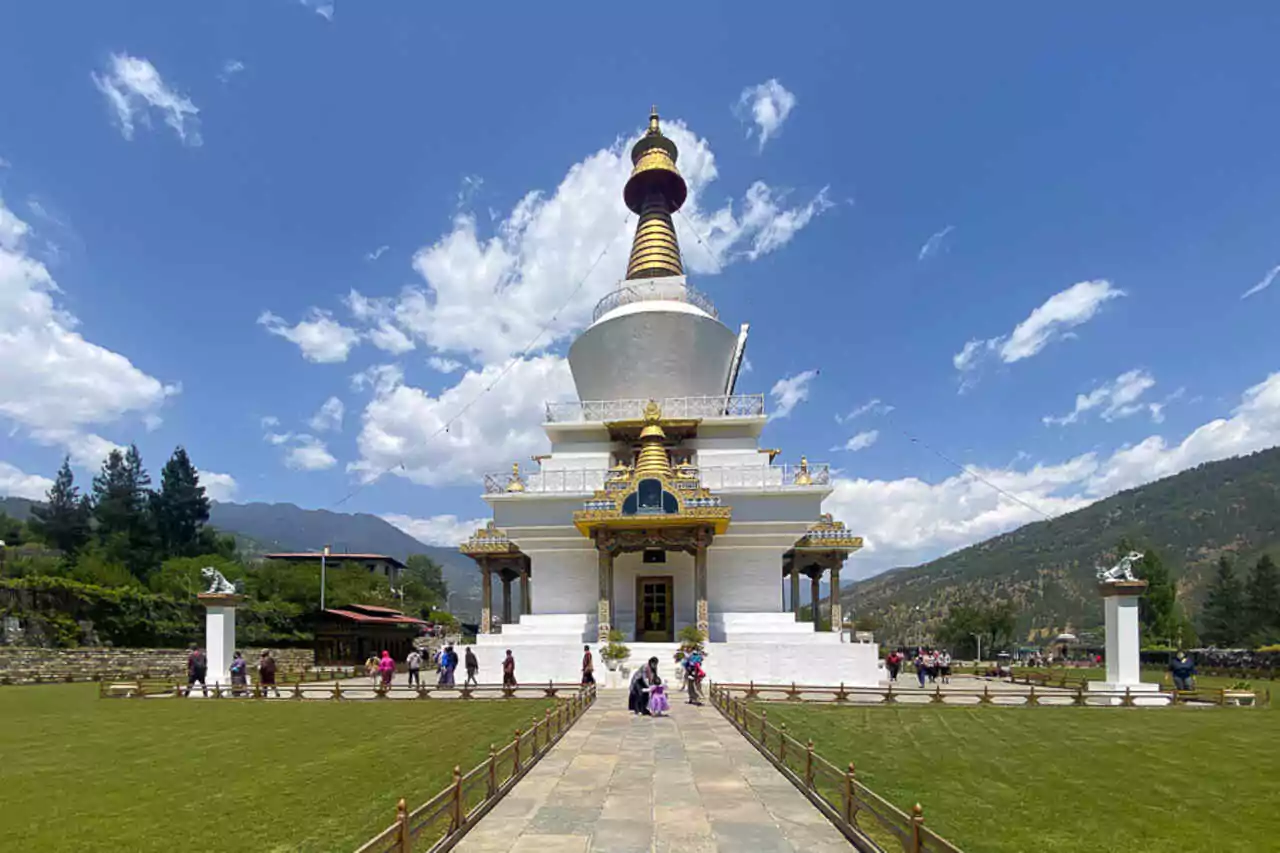
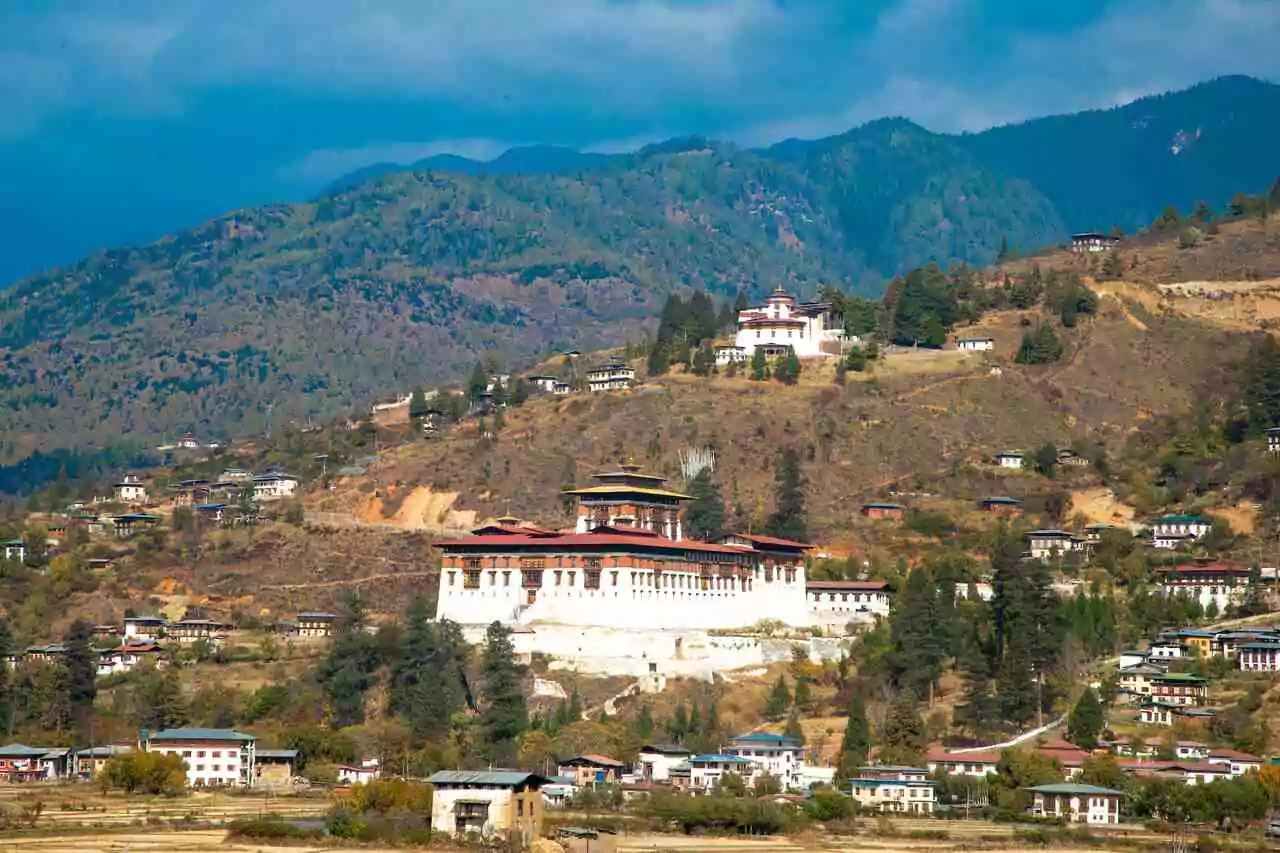
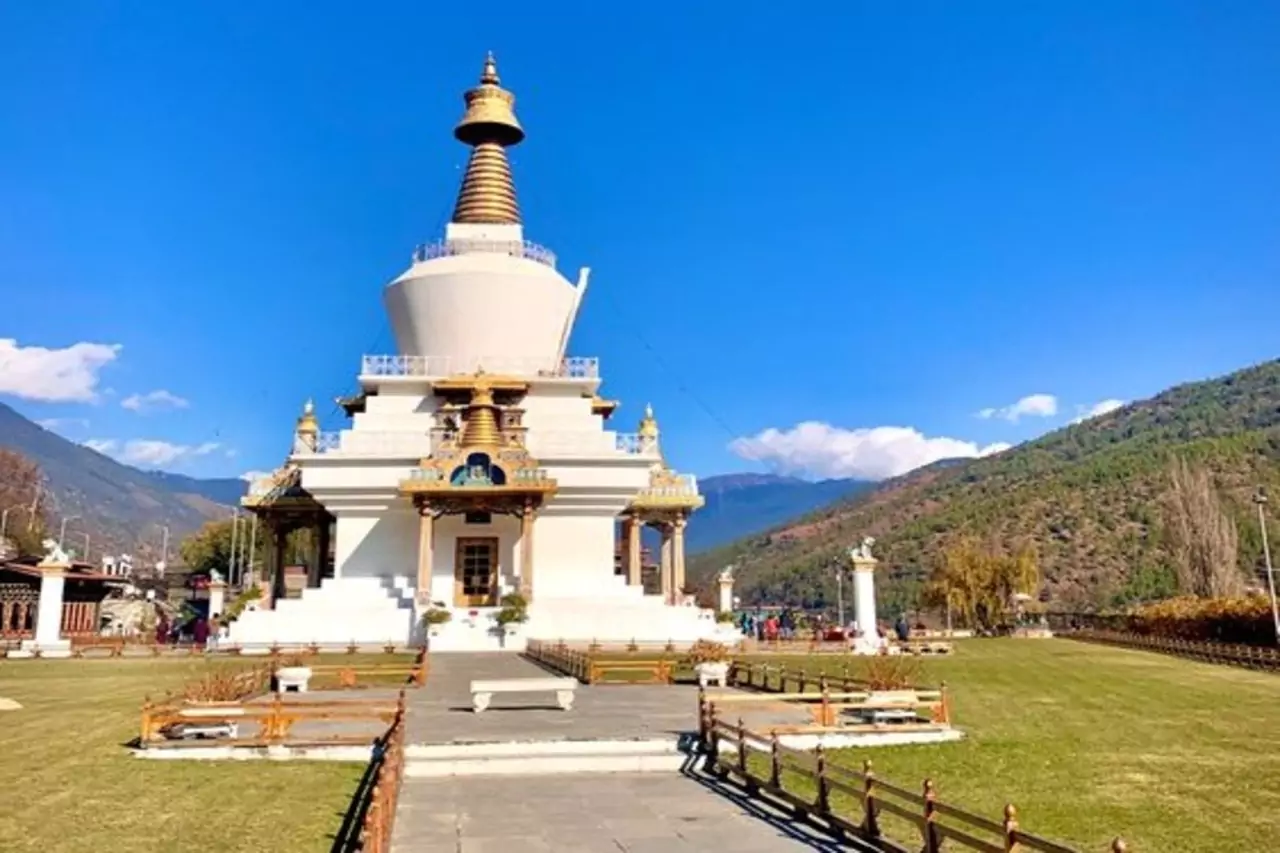


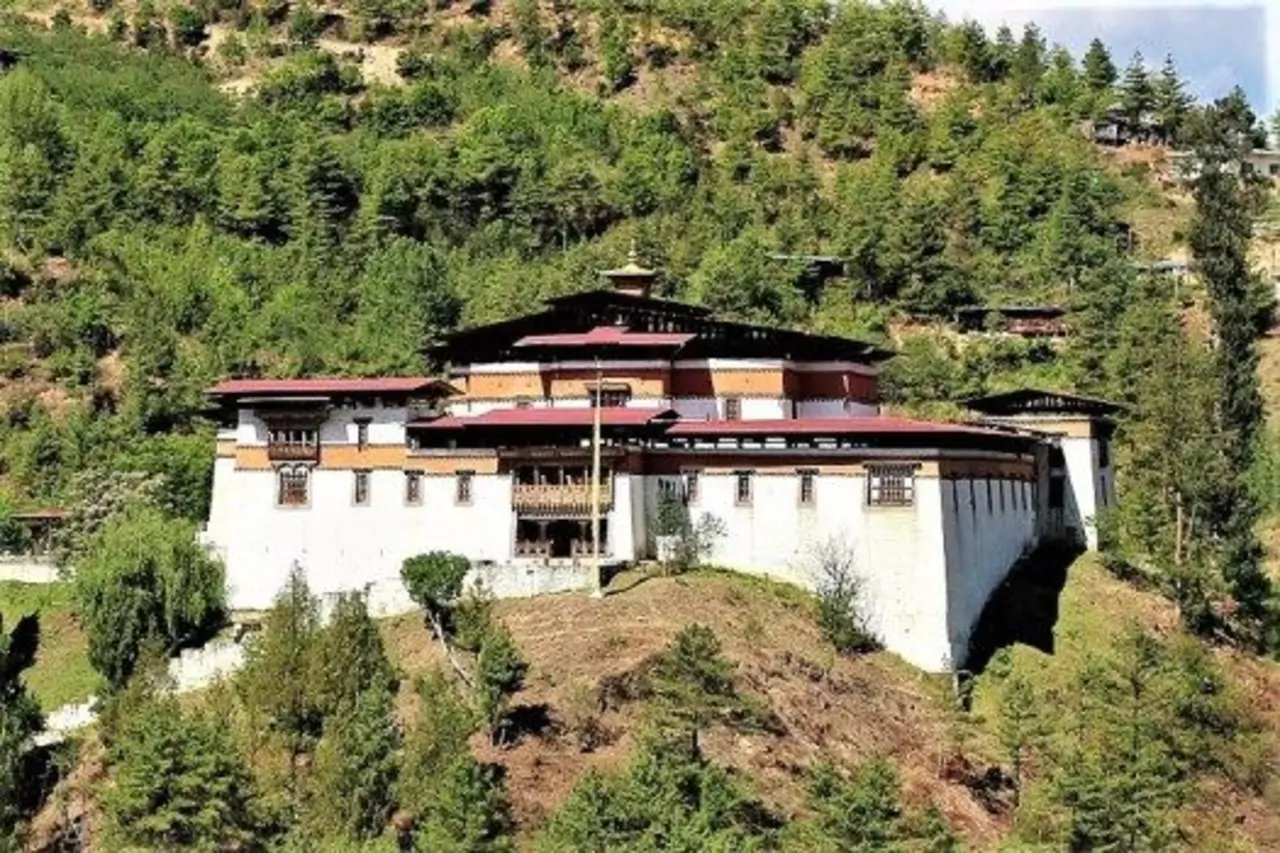


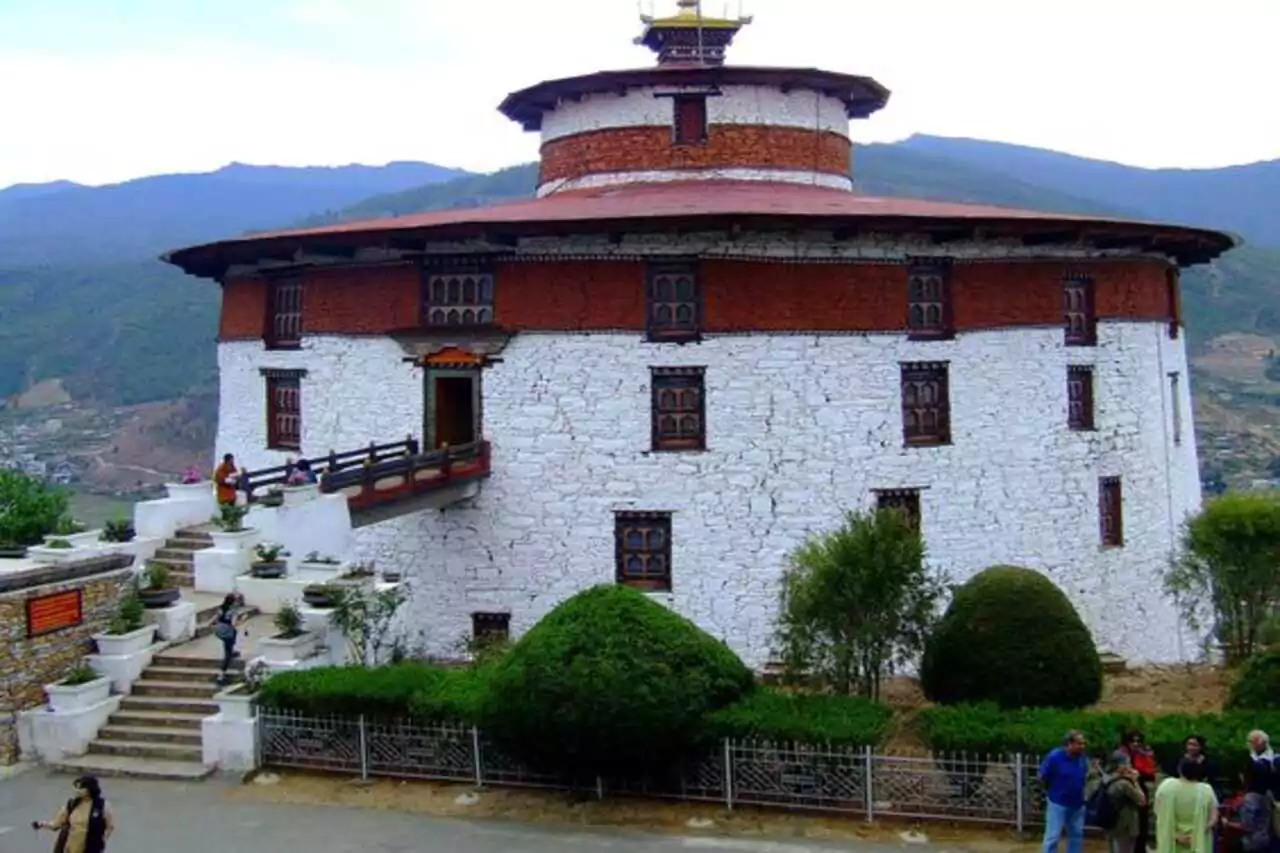


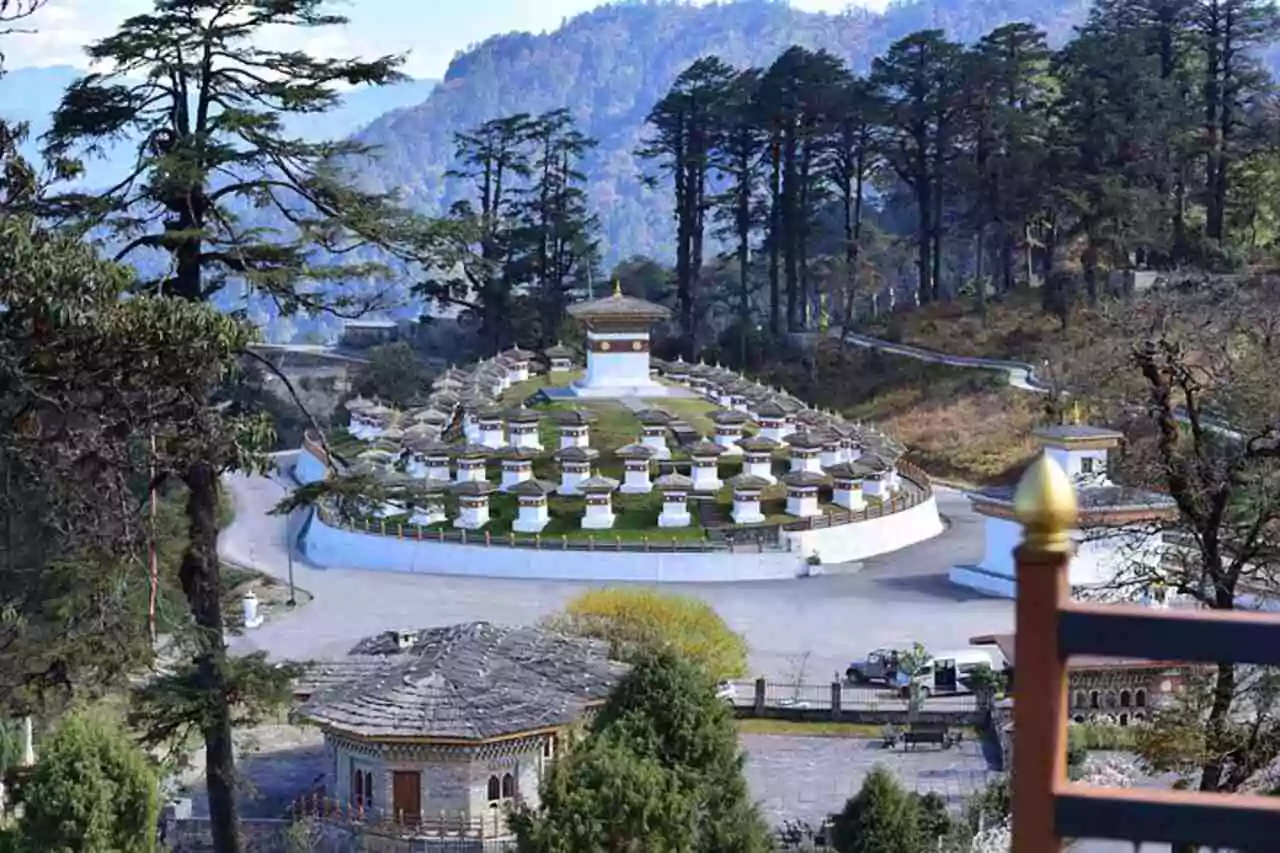
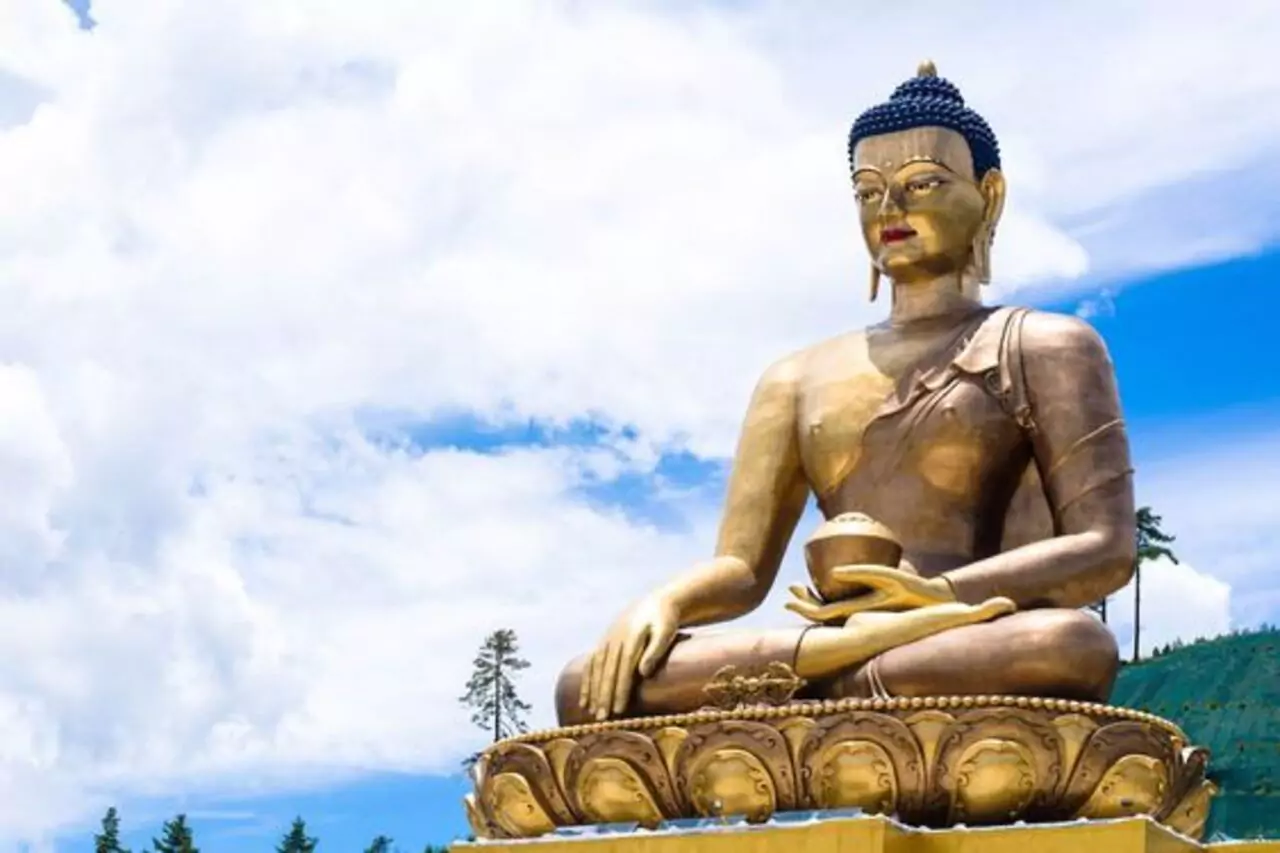
 Enquiry Now
Enquiry Now